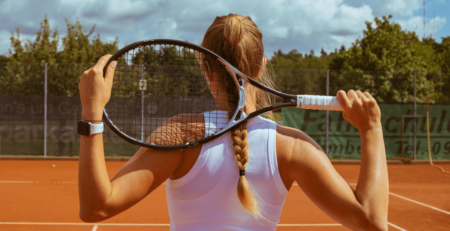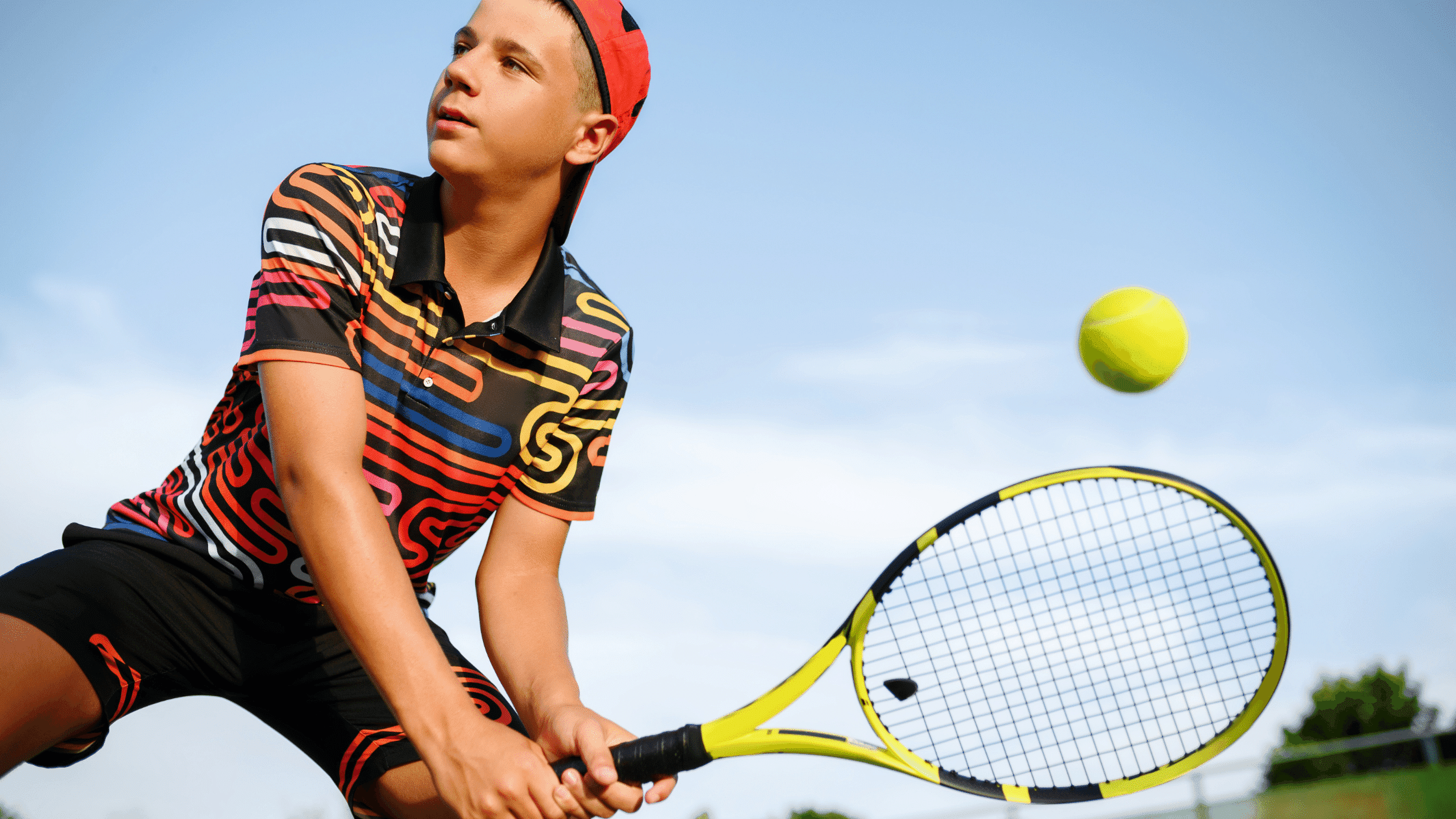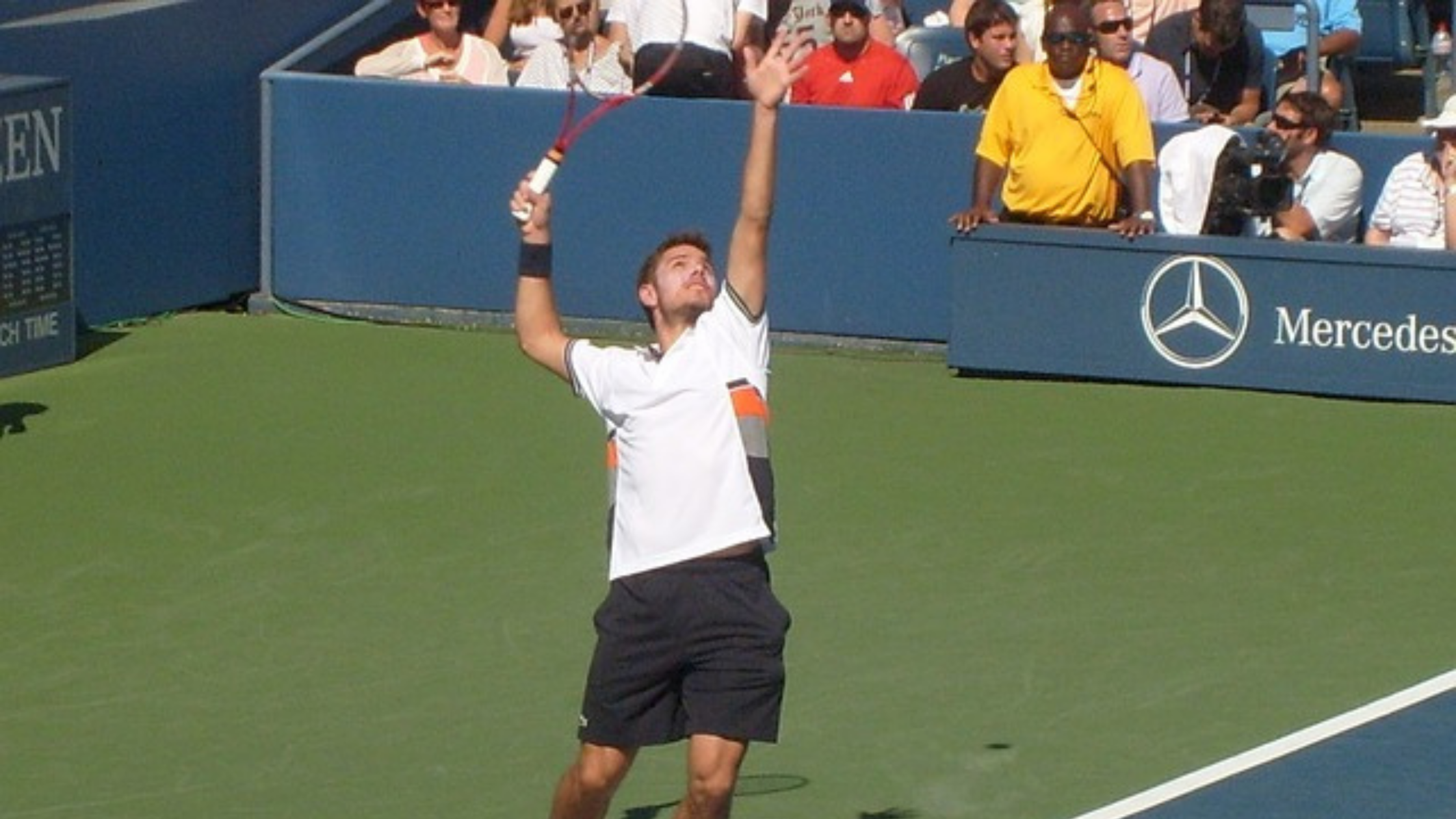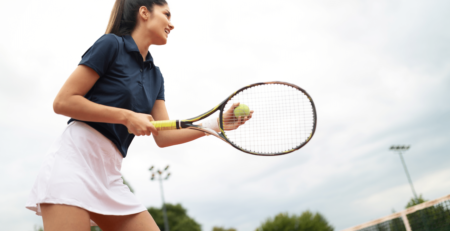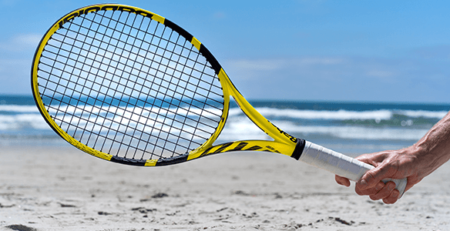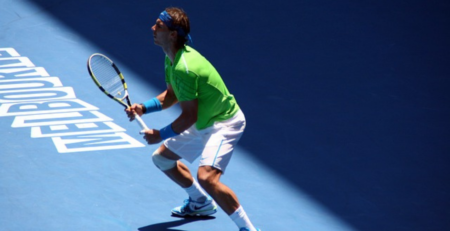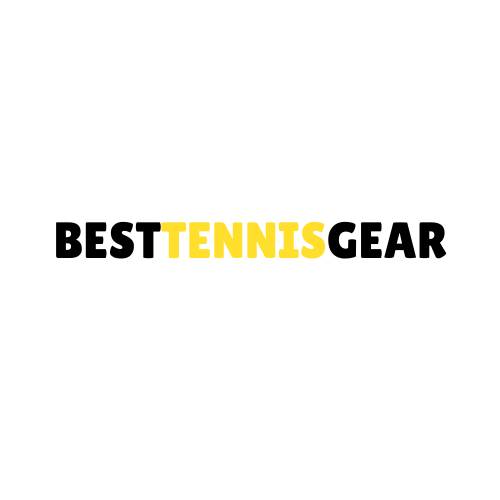How To Choose The Best Tennis Racket For Beginners
My tennis racket recommendations vary on your game level. The best physical performance is presented by the player on the tennis court. Let’s discuss how to choose the best tennis racket for yourself.
For beginners, I recommend starting with larger head size, from 100 to 110 square inches. Assuming the player will not start playing at an advanced level, the tennis racquet has to be adaptable and playable.
However, you should also have to put some physical capabilities into consideration. You must know your limits on power. Some have too much of it, others do not have enough, find your balance.
If you don’t have an issue generating power, without any injuries, etc. consider tennis racquets that offer control for improved accuracy of the shot.
Babolat Boost is the most stable beginner racquet that performs, greatly recommended for young adults and teenagers. Babolat Drive Max is for older players over 65 and young beginner female tennis players considering trying the sport. The thickness of the racquet’s frame allows the shots to be stable, in the meanwhile the racquets are light. Most stable racquets require heavier weight, these perform with effortless swings with the lightest weight. Babolat drive racquets are for stability and power.
Here Are Some Of The Best Tennis Rackets For Beginners
So What Do You Look For When Choosing A Tennis Racket?
Tennis Racquet Grip Size
Most men use grip size 3, which is 4 ⅜ inches.
Most women use grip sizes 1 and 2, which are 4 ⅛ and 4 ¼ inches.
Tennis grip sizes are determined by the size of your hand, if there is a lot of space between your finger and your palm then the grip is too large. Professional tennis players use a grip size smaller than recommended in order to increase the spin of the ball. It is easier to drop the head of the racquet with your palm when the handle is smaller. Consider buying the smallest grip size available and building it up to the necessary size. In the long run you would always be able to drop the grip size back down in order to resell the racquet.
Tennis Racquet Head Size
The smallest to the largest head size depends on the level of your eye coordination and wrist/forearm capability. Handling a ball that could potentially fly up to 80 miles per hour or faster is something to consider.
The smaller head size gives more control of the ball as the larger head size generates more power.
The same way you would imagine yourself jumping into a small or large trampoline attempting to land inside of a pool.
There would be much more testing involved by simply choosing the smaller one in order to make it to the pool accurately and safely. But then again considering the distance you jump from the trampoline to the pool, it starts to become complicated.
And that’s how tennis works, the perfect racquet for your game may take some time and effort. But once you’re swimming in the pool you will not regret applying the effort to find the perfect tennis racquet for your game.
Tennis Racquet Weight
From light to heavy, you must find your starting weight and slowly increase the weight as you progress in the game. Beginning developing wrists, shoulders, legs, and back lateral muscles.
Physically it will always prepare muscle development and avoid an injury.
Calculate the limits on swinging this racquet without it causing any muscle exhaustion on your shoulders and forearms.
Tennis Racquet Weight Distribution
Balanced Tennis Racquets: Weight is balanced for control and power; the weight of the handle is equal to the weight of the racquet’s head
Head Heavy Tennis Racquets: Increases power
Handle Heavy Tennis Racquets: Increases control
Tennis Racquet String Patterns
String Patterns also determine the racquet perks, the most popular string patterns are at “16×19” and “18×20”.
The first one “16×19” offers spin and power enhancement while the other “18×20” provides better control of the ball.
There are other patterns that are being created, tested, and endorsed, but these two have been the most popular in the tennis racquet market.
Basically, they label the string pattern through horizontal and vertical perspective; wherein a “16×19” for example would mean that 16 is the vertical pattern (main) and 19 is the horizontal (cross).
Because there are fewer patterns in a “16×19” it offers more power and spin to the ball where more string patterns such as “18×20” offer denser strokes with ball accuracy.
Imagining a trampoline in layers of material or the number of springs being used for the support would assist in understanding racquet speculations a little better.
Fewer strings provide a better bite to the ball; the ball brushes fewer strings increasing the spin and more power, where more strings will feel more of the impact and direction of the swing. Every racquet has a recommended string tension, however, it requires some testing to find the tension that is right for you. Professional players tend to vary their tensions from 42-50 pounds, meanwhile developing players vary from 44-54 pounds in order to acquire the feel of the tennis ball while sacrificing a lot of power.


